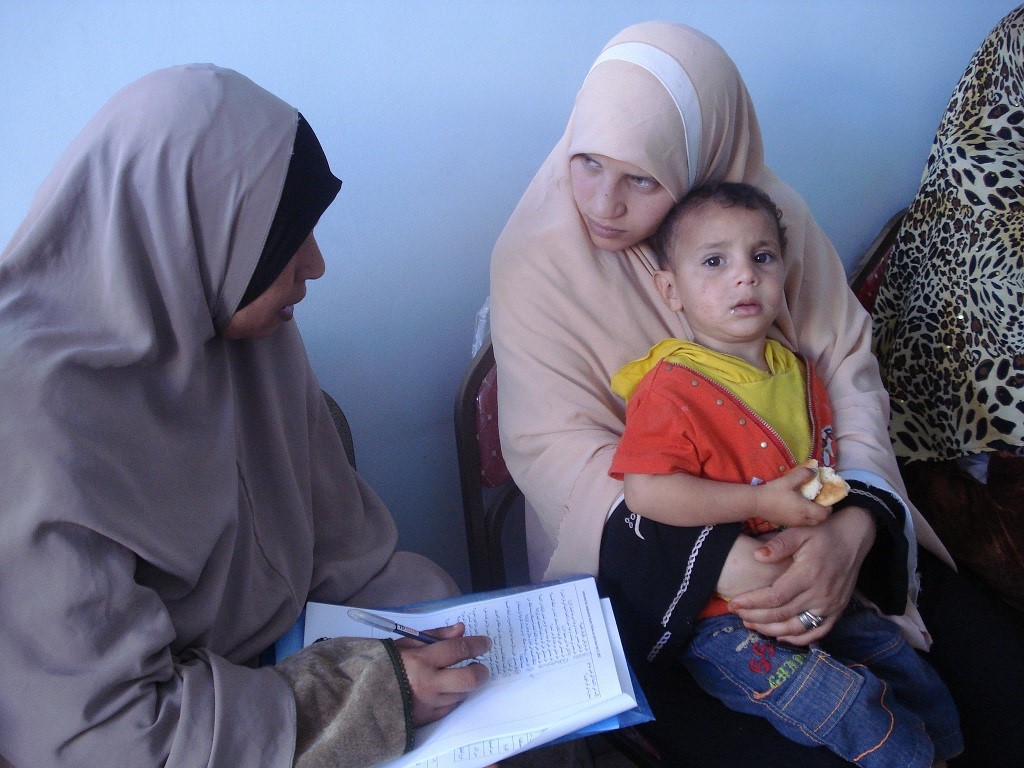People like binaries. Defining things as one thing or another comes naturally: cake or pie, morning or night person, coffee or tea. It’s no wonder that we do the same for countries: we discuss a place as either “developed” or “developing.” However, to do so is to lump vastly diverse groups into just two piles. In reality, there are many gradations within each, especially when it comes to global health.
Take Egypt, for example. Its low maternal death rate — 33 deaths/100,000 live births — is comparable to many other developed countries, but other health issues – such as malnutrition – keep the country struggling with the double burden of childhood malnutrition and obesity. This dichotomy places Egypt’s health status somewhere between “developed” and “developing” depending on the health indicator, making it an interesting study as we try to predict the future strength of health systems in countries experiencing such “growing pains.”
MCSP began a program in Upper and Lower Egypt in July 2016 – and has since expanded to five additional border governorates – based on a 2015 assessment of Egypt’s Raedat Refiat community health worker (CHW) program. The CHW program was established in 1994 by the Ministry of Population aimed to address the country’s high fertility rate by increasing demand for family planning services and improving health behaviors among certain populations.
In a country where use of contraceptives is currently declining slightly despite a high fertility rate, the assessment revealed a country in the midst of major development: some components of the CHW program were functioning at high levels, while many others faced major challenges.
The assessment revealed that some elements – such as country ownership – were well functioning. However, other elements – such as documentation, recruitment, and initial training – were functioning at various levels of efficiency.
Egypt was balancing the need to advance their health systems within the limitations of their own political system. A June 2016 study showed deterioration in family planning outcomes during a time of sociopolitical transition in the country. But there was good news, too: the findings demonstrate the feasibility of an integrated reproductive and maternal and child health program’s success even in a country in transition. The authors recommend a revitalized effort to bolster family planning, including long-acting reversible contraceptives, to avoid future losses and get Egypt back on track.
2018 saw USAID doing just that, partnering with the Egyptian Ministry of Health and Population to promote family planning in the country and pledging $19 million over the next five years to implement programs in nine governorates in Upper Egypt (in addition to the slums of Alexandria and Cairo). Egyptian leaders have demonstrated a commitment to address the country’s population growth as proven by their investments and engagement in family planning efforts. The global community has responded to support the aim of reaching even the most remote villages and the poorest urban areas with resources to meet new family planning targets.
In Egypt, the social aspects of maternal health – such as gender-based violence (GBV) – remain obstacles to these goals. As Egypt transitions to “developed,” the social and political life of the country is rapidly moving to meet global standards. Every country on this path will need to balance traditional thinking with new ideas about health, wellbeing, prosperity, and gender. Examining how Egypt succeeds – and what challenges it faced – illuminates how other countries can navigate the same terrain, meeting their unique obstacles with the resiliency to overcome them.
At MCSP, we know that collaboration — between countries, between donors and implementers, between researchers and those in the field — fosters a better understanding of the world and brings proven methods to the fore to bring us all closer to the change we seek. When enough value is placed on the effectiveness of south-to-south learning, this change will come quicker indeed.

